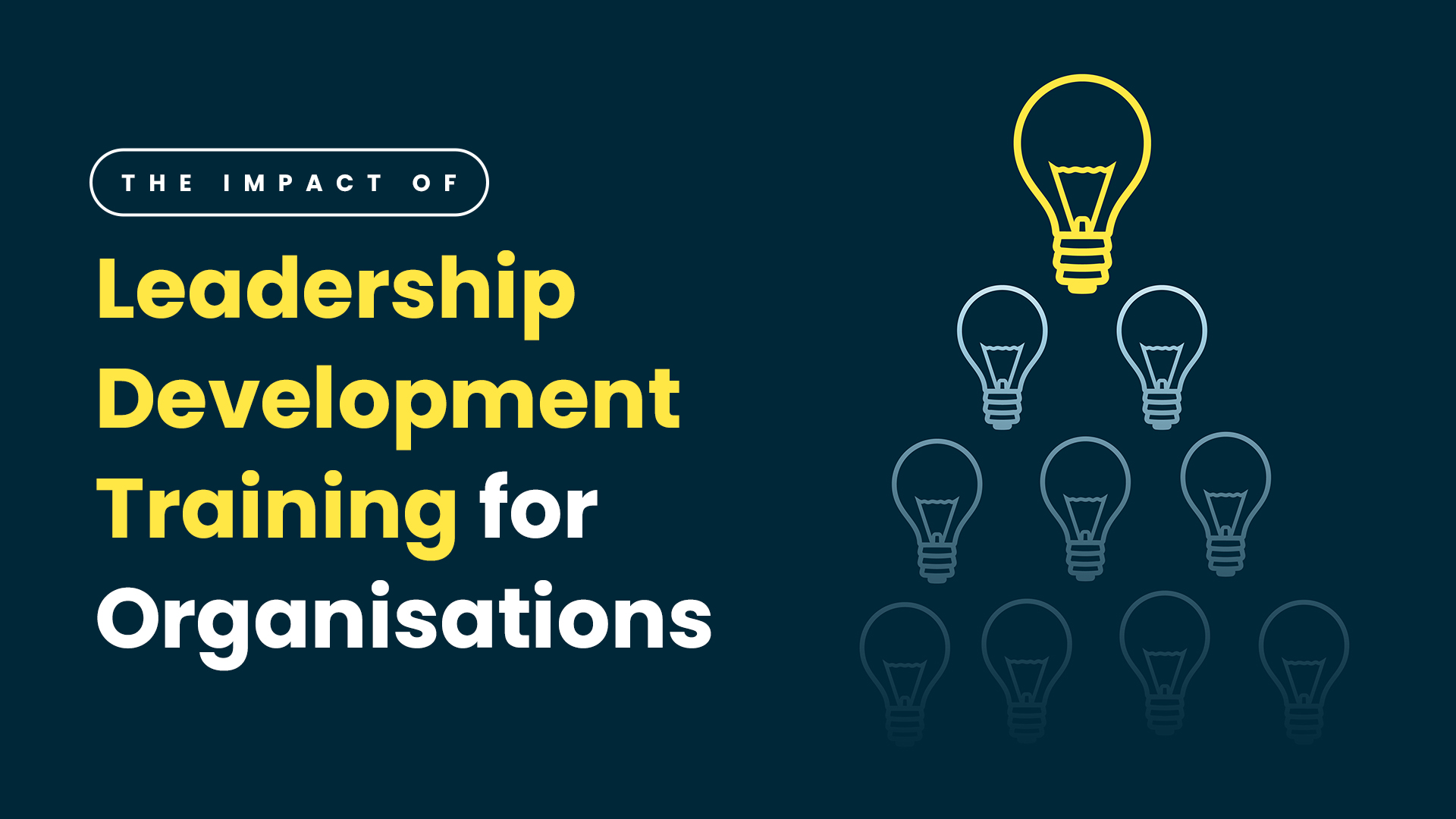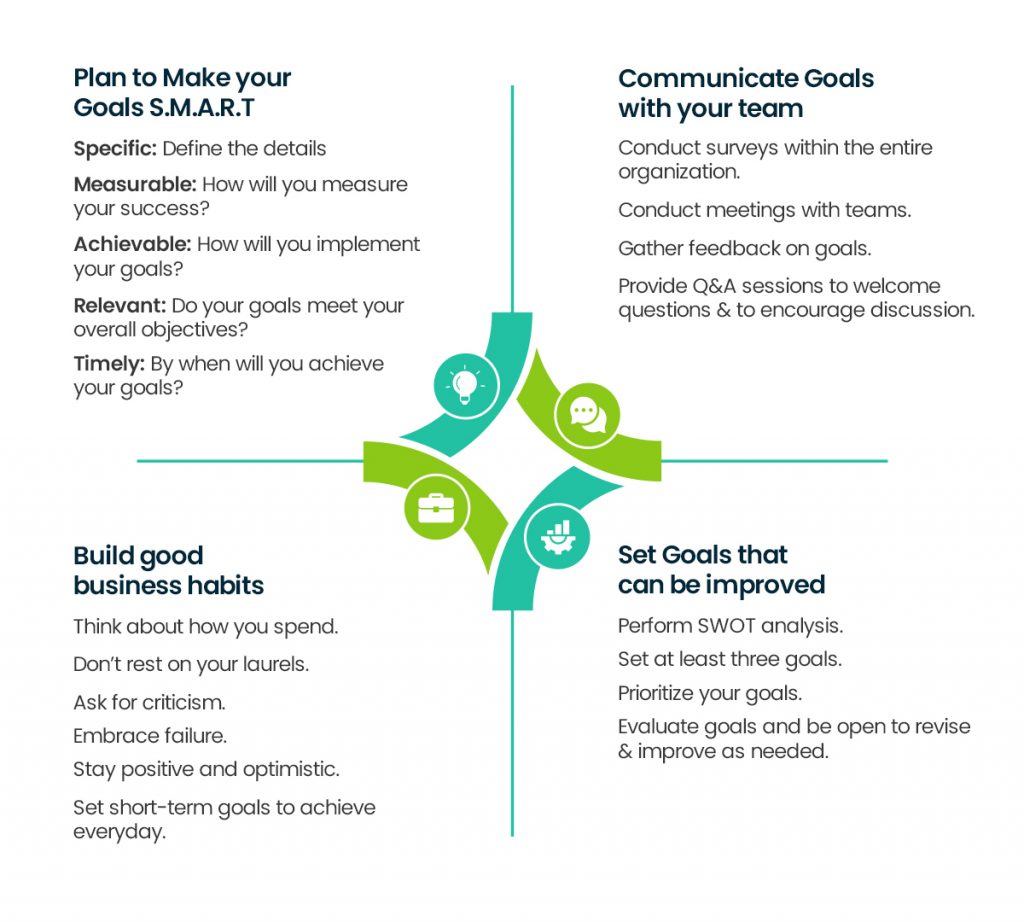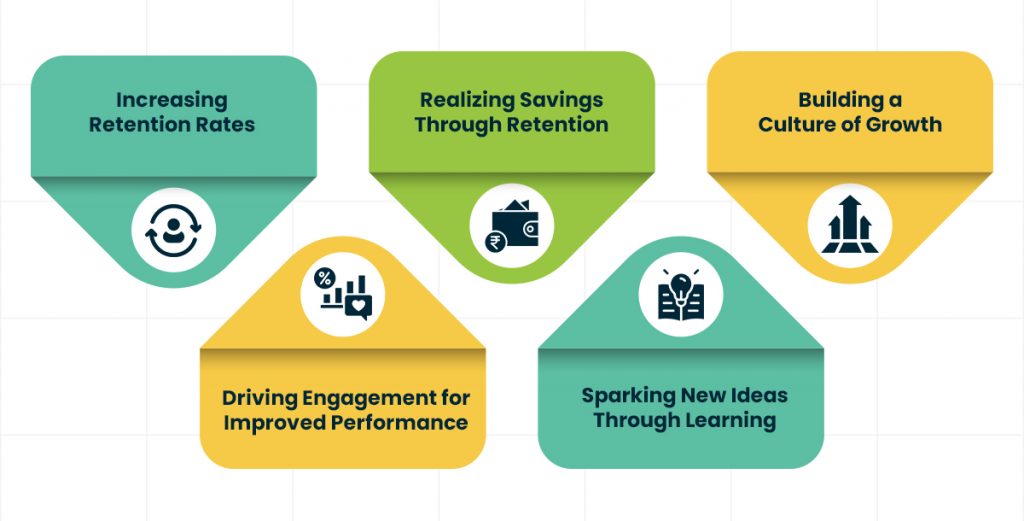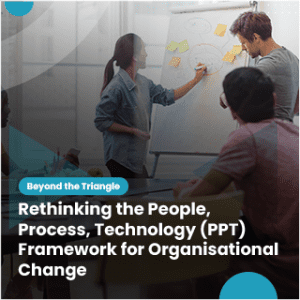

Leadership development is a powerful catalyst that enhances employee morale, engagement and performance. It also supports professional and personal growth and fosters a dynamic work environment. For employers, it’s a valuable investment yielding improved retention, succession planning, collaboration, and profitability.
In a nutshell, leadership training and development is a win-win proposition, benefiting both employees and employers alike.
In this article, we’re going to explore the transformative power of leadership development and how it can be a game-changer for individuals in various roles or career stages.
Leadership Training: A Tool for All Career Stages


While you may assume that corporate leadership development programmes are only beneficial for those already in leadership positions, individuals in various roles or career stages can derive value from such courses. Below are four categories of professionals who often experience considerable gains.
- Early- and Mid-Career Professionals
Early- or mid-career professionals currently serving as individual contributors or specialists within their department or organization can benefit from leadership training. This is especially true for those aspiring to transition into management or leadership roles but are uncertain about the path forward. By participating in leadership training and actively honing your leadership skills, you position yourself for readiness when opportunities for advancement arise.A 2024 study by Development Dimensions International (DDI) found that 70% of CEOs believe strong leadership skills are essential for career advancement at all levels, not just for senior management [Source: DDI].
Likewise, leadership training can be beneficial for individuals who may not hold leadership positions but occasionally assume managerial tasks and responsibilities. For example, project managers may not have a designated leadership title, but they often perform managerial functions and make decisions that affect their team’s direction. Therefore, leadership training can help them develop skills that are useful in these situations, even if they don’t plan to pursue a traditional leadership path. Essentially, it’s about equipping people with the tools they need to lead effectively, whenever the situation calls for it.
- New Leaders
In many established organizations, the path to leadership positions follows a defined hierarchy, requiring candidates to meet specific educational and experiential criteria for consideration. Conversely, in the fluid and fast-paced realms of smaller entities or startups, the ascent to leadership can be less predictable and more opportunistic. Here, passion, vision, and adaptability can propel individuals into leadership positions, even if their resumes don’t check the conventional boxes of leadership experience.For those who find themselves catapulted into leadership unexpectedly, proactive engagement in leadership development programs can be a lifeline. Such training equips you with the essential skills to steer your team with confidence and navigate the complexities of your newfound responsibilities with acumen.
Leadership development programs can have a significant impact on new leaders. A study by the Centre for Creative Leadership found that participants in their programs experienced a 36% increase in self-reported leadership effectiveness within just six months [Source: Center for Creative Leadership].
- Aspiring Entrepreneurs
For the ambitious entrepreneur, the journey often starts with self-employment, a realm where self-management is the sole focus. Yet, the moment you welcome your first team member aboard, a transformation occurs. Your role expands beyond self-direction to include the stewardship of others.This pivotal shift marks the evolution of your venture from a solo endeavour to a collaborative enterprise. As such, honing your leadership capabilities becomes imperative. Engaging in comprehensive leadership development is more than an investment in personal growth—it’s a strategic move towards cultivating a thriving business environment.
Leadership training serves as a cornerstone for entrepreneurial achievement. It provides you with a toolkit for fostering a culture of excellence, driving team performance, and navigating the complexities of people management. In essence, it prepares you to not just manage, but to inspire and lead a high-calibre team towards shared success.
According to a 2023 Global Entrepreneurship Monitor report, 70% of high-growth startups identified leadership and management skills as critical factors in their success [Source: Global Entrepreneurship Moniter].
- Businesses and Organisations
In the realm of corporate growth and talent management, the debate between external recruitment and internal promotion for leadership roles is ongoing. While scouting externally has its merits, the strategic advantages of internal promotion are compelling.Promoting from within can be a more economical choice, eliminating the need for extensive searches and reducing onboarding costs. Employees elevated to new positions carry with them a wealth of institutional knowledge, which can significantly decrease the learning curve and accelerate their transition into leadership roles.
To harness these advantages, it’s essential for organizations to foster a culture of continuous learning and skill development. Leadership training programs serve as a cornerstone in this endeavour, equipping employees with the necessary competencies to excel in higher roles. Moreover, such initiatives resonate with the workforce, enhancing loyalty and job satisfaction. Research indicates that a staggering 94% of employees are more inclined to stay with an organization that visibly invests in their career development.
[Source: https://www.youtube.com/watch?v=Ep7YSSjUews]
In essence, by nurturing internal talent and providing pathways for advancement, businesses not only optimize their operational efficiency but also build a robust pipeline of motivated leaders, ready to steer the organization towards future success.
Benefits of Leadership Training: Investing in Your Organization’s Future


Leadership training isn’t just a fad; it’s a strategic investment in your organization’s most valuable asset: its people. Here’s how effective leadership training can benefit your business:
- Increasing Retention Rates: Stop the Revolving Door
Employee turnover is a costly problem. A 2023 report by the Work Institute found that 47% of the workforce voluntarily leave their jobs within the first year, often citing a lack of growth opportunities as a key reason.Leadership training programs in India can bridge this gap by equipping employees with the skills they need to advance within your company. By investing in their development, you demonstrate your commitment to their long-term success, ultimately reducing turnover and its associated costs. - Realizing Savings Through Retention: The Numbers Don’t Lie
Turnover is expensive. Replacing a departing employee can cost up to 33% of their annual salary, according to the Society for Human Resource Management. These costs go beyond recruitment and training – consider the impact on team productivity and knowledge gaps created when valuable staff leave.The best leadership development programs not only equip employees with valuable skills but also contribute to a positive company culture, further reducing turnover and boosting your bottom line. - Building a Culture of Growth: Where Learning Thrives
Company culture plays a crucial role in employee satisfaction and retention. A 2022 Gallup report found that only 21% of employees feel strongly engaged at work. When employees feel stagnant and see no opportunities for advancement, they’re more likely to leave.Leadership development training programs, alongside mentorship initiatives and tuition reimbursement, send a clear message: you value your people and their professional growth. This fosters a culture of learning and engagement, leading to a happier, more motivated workforce. - Driving Engagement for Improved Performance: Realize the Power of Engaged Employees
Disengaged employees translate to lower productivity and missed opportunities. Implementing leadership development programs with engaging, flexible learning options can spark a change.
By equipping employees with practical skills and fostering knowledge-sharing, you can boost engagement and job satisfaction, leading to a more productive and successful organization. - Sparking New Ideas Through Learning: Innovation Starts Here
Organizations that prioritize continuous learning are more likely to foster innovation. Leadership training programs that encourage collaboration and open discussions can ignite a spark of creativity within your teams.As employees develop their leadership and management skills, they become better equipped to think strategically, identify opportunities for improvement, and adapt to future challenges. This focus on continuous growth creates a thriving environment where your people can truly excel and bring new ideas to the table.
Invest in Your People, Invest in Your Future
Leadership development training courses or workshops isn’t just an expense; it’s an investment in your organisation’s future. By prioritizing your employees’ growth, you’re building a more skilled, engaged, and innovative workforce, ultimately driving long-term success. Consider exploring Marg’s comprehensive corporate training programs, designed to deliver a world-class learning experience.





